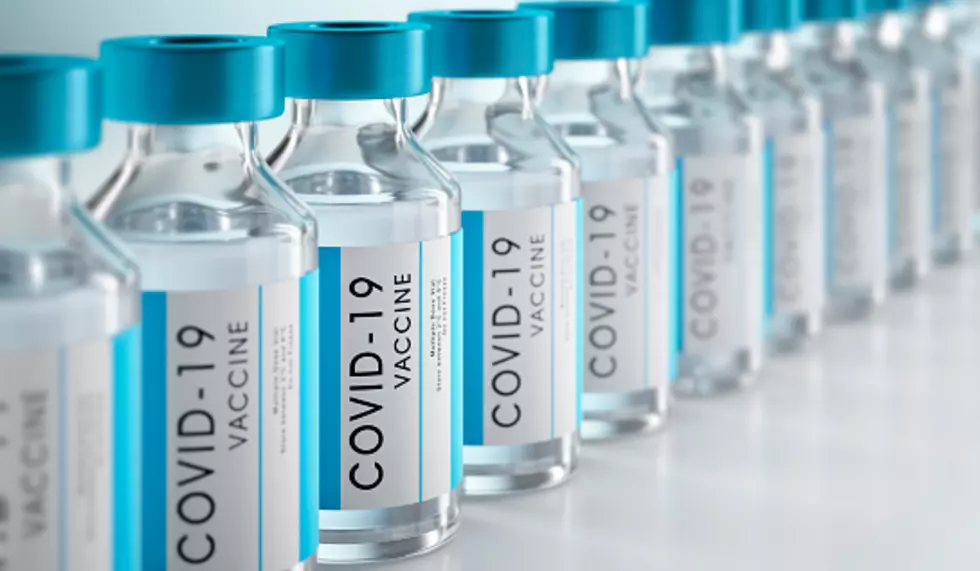
COVID-19 Vaccine Breakdown
Want More Health Updates?
If you are like me, you cannot wait to get this pandemic behind us. Getting vaccinated is just one of the many steps we can take to finally get back to some sense of normalcy in our lives after more than a year of battling COVID-19 and all the craziness that came with it. Of course, we should continue wearing masks and remain socially distanced where required. We are getting close to the finish line, so it is not time to let up on the gas now.
As COVID-19 vaccines are becoming more available to the general public, it is important to understand each vaccine now authorized by the Centers For Disease Control and Prevention (CDC).
Most vaccines use weakened or inactivated versions or components of the disease-causing pathogen to stimulate the body’s immune response to create antibodies. This is the method used in the Johnson and Johnson vaccine. The Pfizer and Moderna vaccines are both mRNA (messenger RNA) vaccines. According to the CDC, mRNA vaccines take advantage of the process that cells use to make proteins in order to trigger an immune response and build immunity to SARS-CoV-2, the virus that causes COVID-19.
- mRNA technology is new, but not unknown. They have been studied for more than a decade.
- mRNA vaccines do not contain a live virus and do not carry a risk of causing disease in the vaccinated person.
Here is a quick overview of the three vaccines now being administered. For more information, visit the CDC website to learn more about COVID-19.
- 1
Pfizer-BioNTech COVID-19 Vaccine
The Pfizer-BioNTech vaccine is an mRNA (messenger RNA) vaccine. This vaccine requires 2 shots in the upper arm 21 days apart. It does not contain eggs, preservatives, or latex. The CDC recommends this shot for people 16 years or older. Side effects have included pain or swelling in the arm of the shot and tiredness, headache, chills, fever, and nausea. Trials have shown that side effects typically start within 2 days of getting the vaccine and can be mild to moderate. Based on evidence from clinical trials, the Pfizer-BioNTech vaccine was 95% effective at preventing laboratory-confirmed COVID-19 illness in people without evidence of previous infection
- 2
Moderna COVID-19 Vaccine
The Moderna vaccine is also an mRNA vaccine, which contains material from the virus that causes COVID-19 that gives our cells instructions for how to make a harmless protein that is unique to the virus. It requires 2 shots in the upper arm 28 days apart. It also does not contain eggs, preservatives, or latex. This vaccine is recommended for people 18 years and older. Common side effects include tiredness, headache, chills, fever, nausea, and pain or swelling in the arm that received the shot. Side effects have commonly been mild to moderate after the second dose of the vaccine. In clinical trials, this vaccine was 94.1% effective at preventing laboratory-confirmed COVID-19 in people who received both doses.
- 3
Johnson & Johnson’s Janssen COVID-19 Vaccine
The Johnson & Johnson’s Janssen vaccine is a viral vector vaccine, which means it contains a modified version of a different virus than the one that causes COVID-19. Inside the shell of the modified virus, there is material from the virus that causes COVID-19. This version only requires 1 shot in the upper arm. It also does not contain eggs, preservatives, or latex. This shot is recommended for those 18 and older. Side effects have included pain and swelling in the arm, tiredness, headache, chills, fever, and nausea. Side effects were common within 7 days of the shot and were more common in people aged 18-59 years old. In clinical trials, this vaccine proved 66.3% effective at preventing laboratory-confirmed COVID-19 and had a high efficacy at preventing hospitalization and death in those who were sick.
More From Lite 96.9 WFPG









